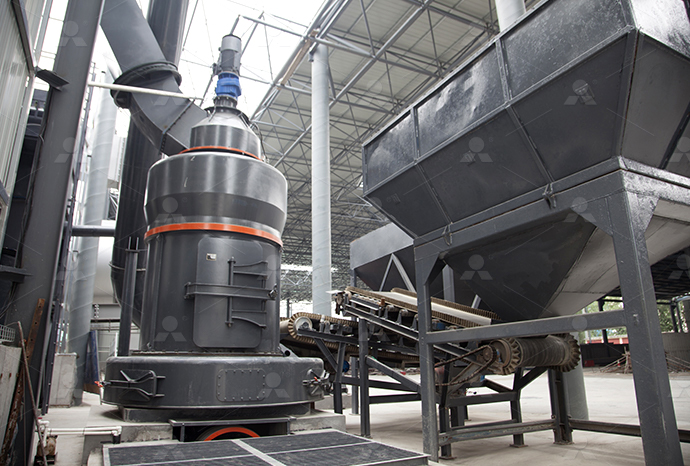
Ceramic production principle
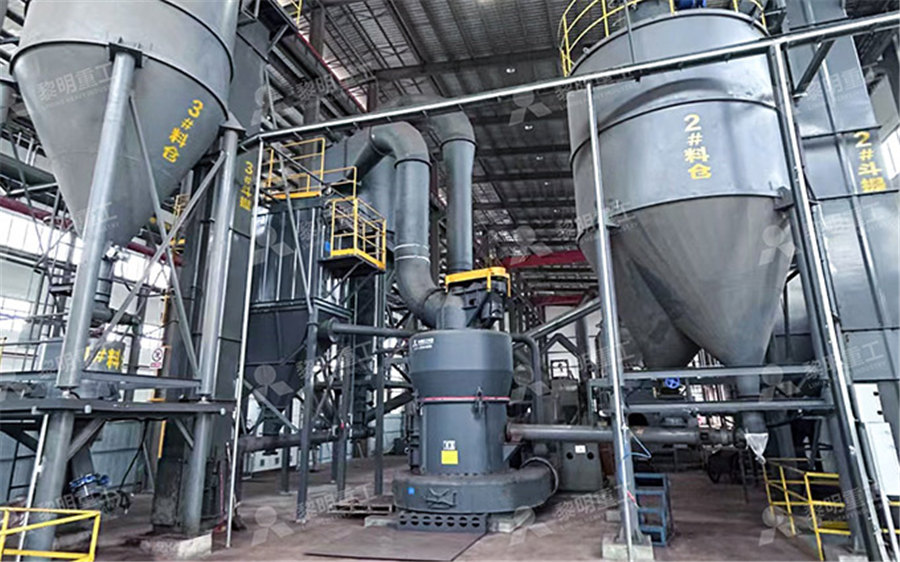
All About The Ceramics Manufacturing Process Sentro Tech
The raw materials are prepared for ceramics processing through a number of different techniques This stage is designed to separate the raw materials from any impurities that 展开Ceramic Processing, Second Edition provides a comprehensive treatment of the principles and practical methods used in producing ceramics with controlled microstructure Covering the Principles Of Ceramics Processing 2nd Edition Aaabbbore6 天之前 While the fundamental principles remain the same, the process has evolved, especially for industrial ceramics Modern ceramics are produced with high precision using methods like How Are Ceramics Manufactured [7 Simple Steps in 2024]e Greek keramos meaning potter’s clay or wares made from fired clay Important examples of ceramic materials are silica, or silicon dioxide (SiO2), the main ingredient in most glass MCE 313: Manufacturing Process I Processing of Ceramics 4
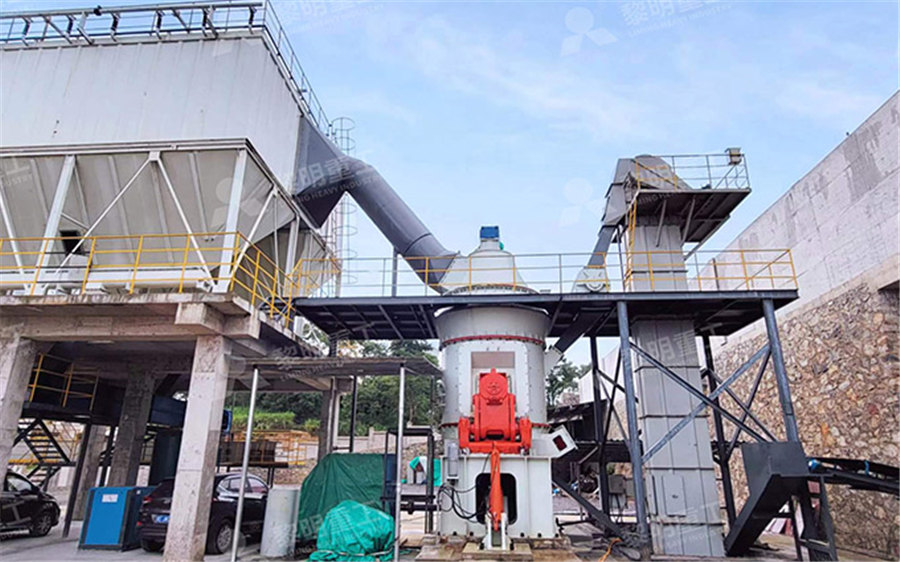
Ceramic production, provenance and use A review
2008年4月1日 The predominant objective of this high standard of analysis is a research on the phases from production, usage/reusage, or if there is any spread of the pottery and finally to the transformationJOHN WILEY SONS, INC 1 CERAMICS PROCESSING AND CERAMIC PRODUCTS 2 SURFACE CHEMISTRY II 3 COMMON RAW MATERIALS 4 SPECIAL INORGANIC PRINCIPLES OF CERAMICS PROCESSING dandelonCharacteristics and Specifications of Ceramic Materials 6 Chemical and Phase Composition 7 Particle Size and Shape 8 Density, Pore Structure, and Specific Surface Area IV Introduction to the Principles of Ceramic Processing dandelonCeramic production methods define how raw materials are processed into finished ceramic products, influencing their quality, properties, and usage Understanding the differences Ceramic Manufacturing: Techniques Process Vaia
.jpg)
Fine Ceramics Production Process Introduction to Fine
Raw material milling and mixing are important processes in the production of Fine Ceramics (also known as "advanced ceramics") that determine the material properties, quality and stability of finished productsA chemical engineering view of a typical ceramics manufacturing process is shown in Fig 41, in simplified "schematic" fonn The process usually starts with a powder, examples being 4 CERAMIC PROCESSING FUNDAMENTALStitanate manufactured by the most modern production methods One of their principal advantages is that their properties can be optimized to suit specific applications by appropriate adjustment of the zirconatetitanate ratio Piezoelectric ceramics are hard, chemically inert and completely insensitive to humidity or other atmospheric influencesPiezoelectric Ceramics Properties Applications chapter 1: Zirconia ceramics have excellent properties such as high melting point and high boiling point, high hardness, insulators at room temperature, and electrical conductivity at high temperatures The production principle of the zirconia ceramic shaft core depends on the situation It needs to be carefully designed in advanceThe Production Principle of Zirconia Ceramic Shaft Core
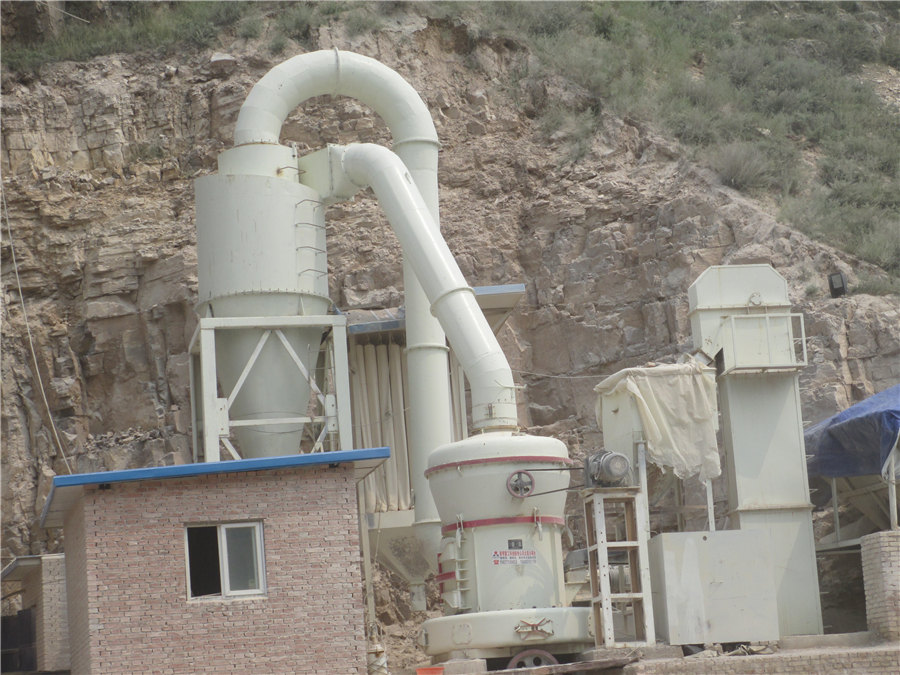
Fine Ceramics Production Process Introduction to
Fine Ceramic Production Process (example) Click on photos for details The term "Fine Ceramics" is interchangeable with "advanced ceramics," "technical ceramics" and "engineered ceramics" Use varies by region and industry Next Ceramic Processing, Second Edition provides a comprehensive treatment of the principles and practical methods used in producing ceramics with controlled microstructure Covering the main steps in the production of ceramics from powders, the book also provides succinct coverage of other methods for fabricating ceramics, such as sol−gel processing, reaction bonding, Ceramic Processing Taylor Francis eBooks, Ref2024年11月5日 Determination of the entropy production during glass transition: Theory and experiment; Phase Stability in HighEntropy Alloys: The Role of Configurational Entropy; Revisit the VEC Rule in High Entropy Alloys (HEAs) With HighThroughput CALPHAD Approach and Highentropy ceramics: Review of principles, production and fundamental principles of the crystallization are presented briefly and the various processing methods for glassceramics described in light of these fundamental principles Two examples of the production of glassceramics from wastes are discussed in detail; the wastes are slag from steel production and fly ash from incineration Key words GLASSCERAMICS: THEIR PRODUCTION FROM WASTES Neliti
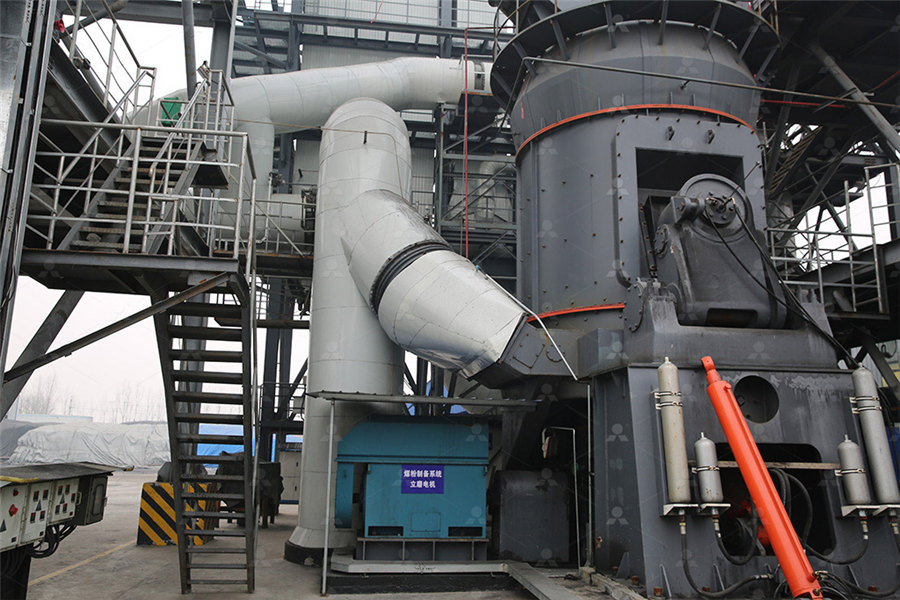
Ceramic production and antibacterial surfaces: what they are,
CERAMIC PRODUCTION PROCESS AND APPLICATIONS We are currently in front of a changing panorama and many different application options are still under consideration With a view of simplification we could identify two possible choices: the antibacterial protection can be included inside the ceramic body or applied on final protection’s layerIn ceramic production, the reporting year saw the implementation of a specialisation strategy, which had already been developed in the previous years all measures for improvement are geared to the principle of flow production Maximum efficiency and flexibility are targeted in this way, which is reflected in the reliable, Production Geberit Annual Report 20211 天前 This topic is of high relevance since highquality lowresistivity SiC substrates are enabling the mass production of vertical power devices 5 In vertical devices, the resistance of the substrate and its epitaxial layer add a significant portion to the total device resistance, and as a consequence, the effect of doping must be understood in detail 30 Highly doped, low Journal of the American Ceramic SocietyDefining Materials Science Materials science is the study of the structure and properties of materials, and how they can be used to create things that improve our society Materials science professionals work with a variety of materials, ranging from ceramics, composites, metals and polymers The CGIF specifically focuses on theWhat is Materials Science? Ceramic and Glass Industry Foundation
.jpg)
Principles Of Ceramics Processing 2nd Edition
engineers in industry who are involved in the production of ceramics or who would like to develop a background in the processing of ceramics Introduction to the Principles of Ceramic Processing James Stalford Reed,1989 Ceramic Processing Mohamed Rahaman,Mohamed N Rahaman, Materials scientists continue to developRequest PDF On Dec 1, 2024, Jie Xu and others published Low sintering shrinkage porous ceramics: Principles, progress, and perspectives Find, read and cite all the research you need on Low sintering shrinkage porous ceramics: Principles, progress, 2024年10月1日 Cold sintering of ceramics leverages the principles of liquidassisted densification and solidstate diffusion to create highperformance ceramics at lower temperatures Its potential for energy savings and innovative applications makes it an exciting area of research and development in materials scienceCold sintering: An innovation in ceramic manufacturing2024年10月29日 In principle, one should not have to justify the need for maintaining a ceramic laboratory as a productionaccompanying support service A laboratory not only serves as the responsible department for monitoring and ensuring quality control, but is also setup to be used for developing new or modified ceramic bodies and productsThe Ceramic Production Laboratory SpringerLink

TP 2: Processing of Ceramics: Forming and Shaping EPFL
Laboratoire de Technologie des Poudres (LTP), IMX, EPFL CERAMICS COLLOIDS 1 TP 2: Processing of Ceramics: Forming and Shaping (responsable: Weitian Zhao MXD339 – weitian zhao@ This TP aims at introducing the principles of production of ceramics from powders Figure 2 shows a flow chart of typical manufacturing processes of For example, using reinforcement learning algorithms to learn the production order and batch size between different products to minimize production time and cost In addition, reinforcement learning can also consider uncertain factors such as equipment failures and unstable raw material supply, improving the robustness and adaptability of Ceramic Process Optimization and Automation Design Based on Ceramic manufacturing is a process that involves the shaping and firing of nonmetallic materials like clay, at high temperatures, to create durable and often heatresistant goods such as tiles, pottery, and bricks This production method encompasses several stages, including preparation, forming, drying, glazing, and firing, each crucial to determining the final properties and quality Ceramic Manufacturing: Techniques Process StudySmarter1995年1月23日 This popular reference offers a clear understanding of the scientific principles of ceramics processing required for the development and production of new advanced ceramics In the latest edition significant new material has been added to the chapters on raw materials, liquids and surfactants, vapor deposition, printing, coating processes and firingPrinciples of Ceramics Processing, Solutions Manual
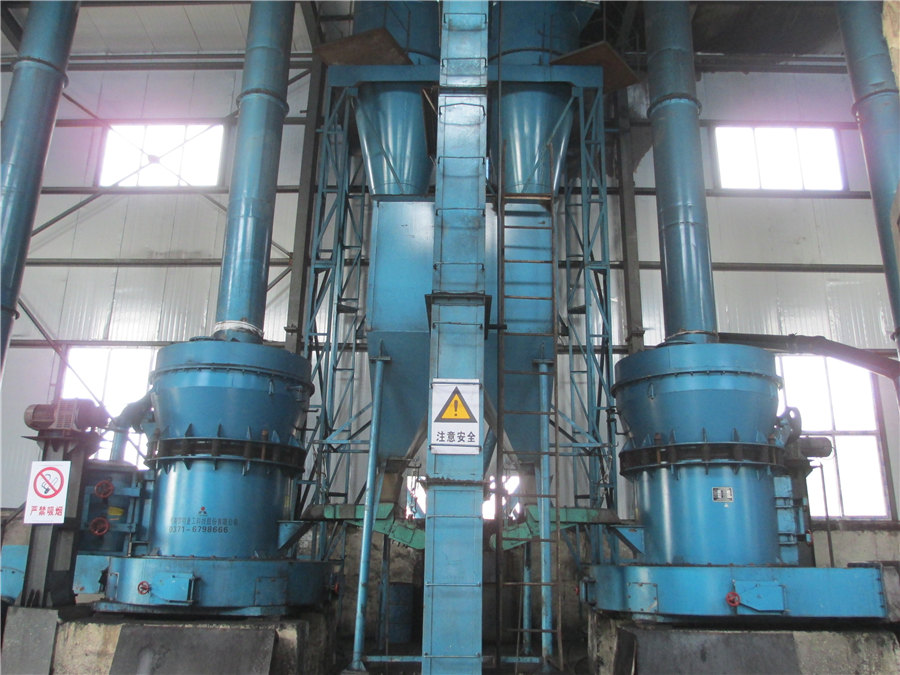
A Principle of Mass Production Specification Online
2023年3月14日 The Principle collection, from Parkside and Alusid, represents a huge step forward for the ceramic tile industry as the world’s first mass produced 95% recycled content tile With a tile body made entirely from byproducts (postconsumer recycled glass and ceramic) of other manufacturing processes, Principle is based on technology that has taken a bold leap 2024年10月8日 The working principle of ceramic hydraulic press The production of ceramic tiles can use two forming methods: grouting and pressing At present, S tile manufacturers all adopt the latter type, and the production process is as follows: mud material production, vacuum mechanism mud flakes, pressing into a wooden pot, drying, glazing, and firingThe Use of Hydraulic Press And Working Principle of Ceramic½YäOýÊ7‰žai¾Uj xÕ=¾Ç½# kùÓT±@ò± ð ` Ö¨j“t³ â Âýÿ÷jÉwÓ `! ' u Âï}÷ /} ¹¹Ù Ç d À´ûî{ÿý¯/¹o™RŠv»=i @ÞR Wiley Global Leader in Publishing, Education and Researchceramic production as a whole The essence of a unified principle of optimization lies in meeting as fully as possible at each previous stage the requirements of the principle in terms of the subsequent process stage In the general case the production of ceramic material can be represented in terms of the following technologicalSCIENCE FOR CERAMIC PRODUCTION Springer
制粉-10.25公众号.jpg)
Towards Ceramic Production via Digitalization and Additive
36 CERAMICAPPLICATIONS 9 (2021) [3] Introduction Compared to customary manufacturing of ceramic components, AM offers several advantages (Fig 1): • Lightweight constructions Supporting structures can be easily realised using pores on various length scales • Individual components Part production is affordable at a lot size of 1 enabling2023年12月11日 Ceramics used in the tea ceremony embody the principles of wabisabi, emphasizing simplicity, imperfection, and the beauty of the natural world Europe has been a hub of ceramic production throughout history, with different regions and time periods leaving their unique marks on the art formUnleashing the Beauty of Ceramic Design: A Comprehensive Guide2024年1月30日 Energyefficiency is a longstanding principle adopted by the sector, by virtue of the significance of energy to ceramic production costs Nevertheless, continuous developments, and uptake by sites at different stages of investment cycles, means that efficiency improvements will be the largest contributor to moreimmediate decarbonisation of the sectorDecarbonising UK Ceramic Manufacturing Roadmap Technical Download scientific diagram Ceramic water filter production flow chart It was redrawn based on the Ceramics Manufacturing Working Group (2011) from publication: Ceramic water filter for point Ceramic water filter production flow chart It was redrawn
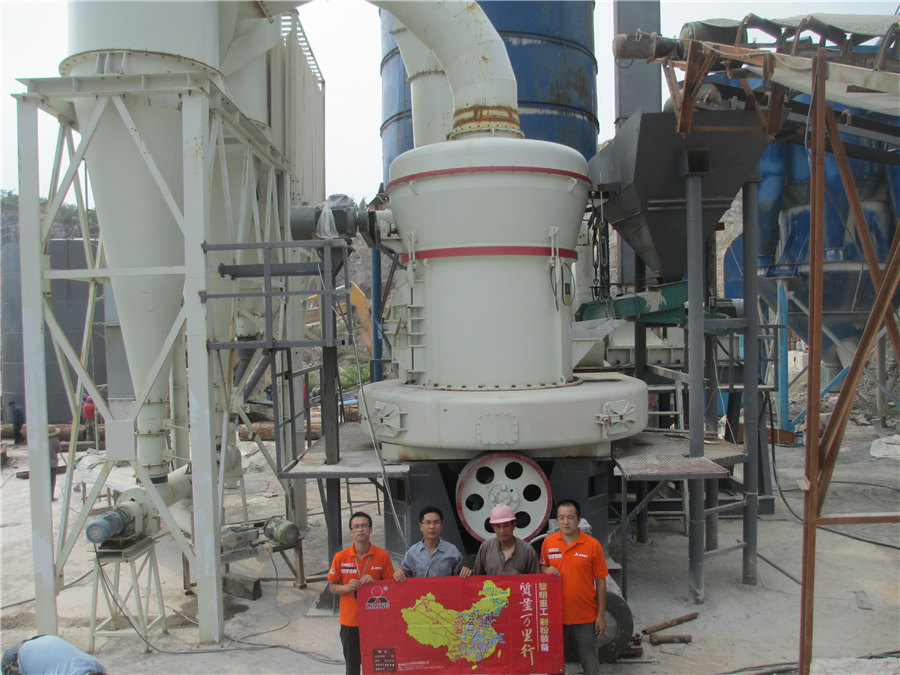
An Introduction to Ceramics AZoM
2024年10月8日 Ceramic Production Ceramic production involves synthesizing powder, mixing, shaping, and thermal treatment, where sintering occurs through intergranularliquid phase formation or solidstate diffusion Ceramic powders are obtained through synthetic routes, such as precipitation or solgel processes, or by treating natural raw materials like The fundamental principles of each processing technique are presented as well as advantages and disadvantages are highlighted Particular attention is given to traditional methods, which are often the basis for the most advanced ones and usually the most widely used in industrial settings and for large volume productionProcessing Methods for Advanced Ceramics2021年9月30日 (DOI: 101016/JMSER2021) Highentropy ceramics with five or more cations have recently attracted significant attention due to their superior properties for various structural and functional applications Although the multicomponent ceramics have been of interest for several decades, the concept of highentropy ceramics was defined in 2004 by Highentropy ceramics: Review of principles, production and titanate manufactured by the most modern production methods One of their principal advantages is that their properties can be optimized to suit specific applications by appropriate adjustment of the zirconatetitanate ratio Piezoelectric ceramics are hard, chemically inert and completely insensitive to humidity or other atmospheric influencesPiezoelectric Ceramics Properties Applications chapter 1:
.jpg)
The Production Principle of Zirconia Ceramic Shaft Core
Zirconia ceramics have excellent properties such as high melting point and high boiling point, high hardness, insulators at room temperature, and electrical conductivity at high temperatures The production principle of the zirconia ceramic shaft core depends on the situation It needs to be carefully designed in advanceFine Ceramic Production Process (example) Click on photos for details The term "Fine Ceramics" is interchangeable with "advanced ceramics," "technical ceramics" and "engineered ceramics" Use varies by region and industry Next Fine Ceramics Production Process Introduction to Ceramic Processing, Second Edition provides a comprehensive treatment of the principles and practical methods used in producing ceramics with controlled microstructure Covering the main steps in the production of ceramics from powders, the book also provides succinct coverage of other methods for fabricating ceramics, such as sol−gel processing, reaction bonding, Ceramic Processing Taylor Francis eBooks, Ref2024年11月5日 Determination of the entropy production during glass transition: Theory and experiment; Phase Stability in HighEntropy Alloys: The Role of Configurational Entropy; Revisit the VEC Rule in High Entropy Alloys (HEAs) With HighThroughput CALPHAD Approach and Highentropy ceramics: Review of principles, production and
.jpg)
GLASSCERAMICS: THEIR PRODUCTION FROM WASTES Neliti
fundamental principles of the crystallization are presented briefly and the various processing methods for glassceramics described in light of these fundamental principles Two examples of the production of glassceramics from wastes are discussed in detail; the wastes are slag from steel production and fly ash from incineration Key words CERAMIC PRODUCTION PROCESS AND APPLICATIONS We are currently in front of a changing panorama and many different application options are still under consideration With a view of simplification we could identify two possible choices: the antibacterial protection can be included inside the ceramic body or applied on final protection’s layerCeramic production and antibacterial surfaces: what they are, In ceramic production, the reporting year saw the implementation of a specialisation strategy, which had already been developed in the previous years all measures for improvement are geared to the principle of flow production Maximum efficiency and flexibility are targeted in this way, which is reflected in the reliable, Production Geberit Annual Report 20211 天前 This topic is of high relevance since highquality lowresistivity SiC substrates are enabling the mass production of vertical power devices 5 In vertical devices, the resistance of the substrate and its epitaxial layer add a significant portion to the total device resistance, and as a consequence, the effect of doping must be understood in detail 30 Highly doped, low Journal of the American Ceramic Society
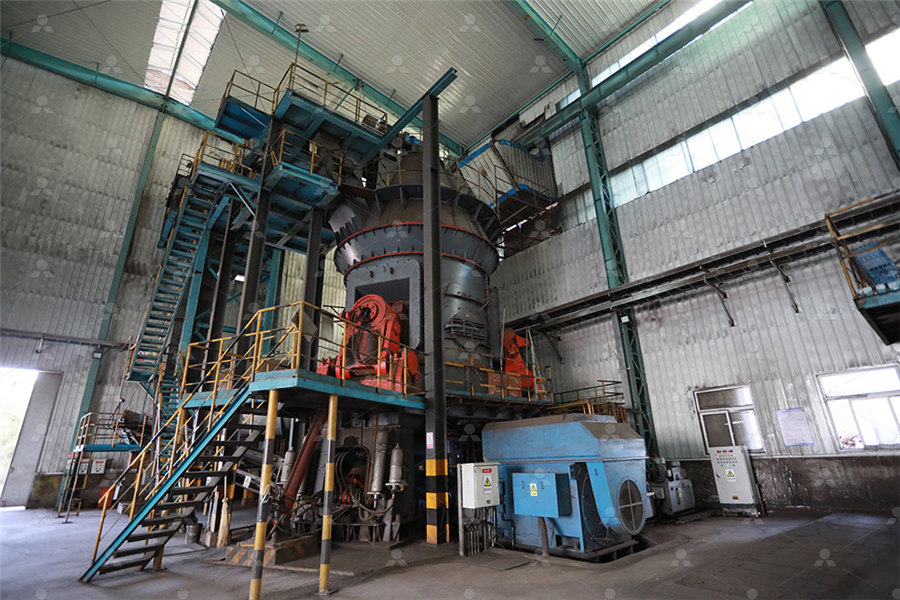
What is Materials Science? Ceramic and Glass Industry Foundation
Defining Materials Science Materials science is the study of the structure and properties of materials, and how they can be used to create things that improve our society Materials science professionals work with a variety of materials, ranging from ceramics, composites, metals and polymers The CGIF specifically focuses on the












